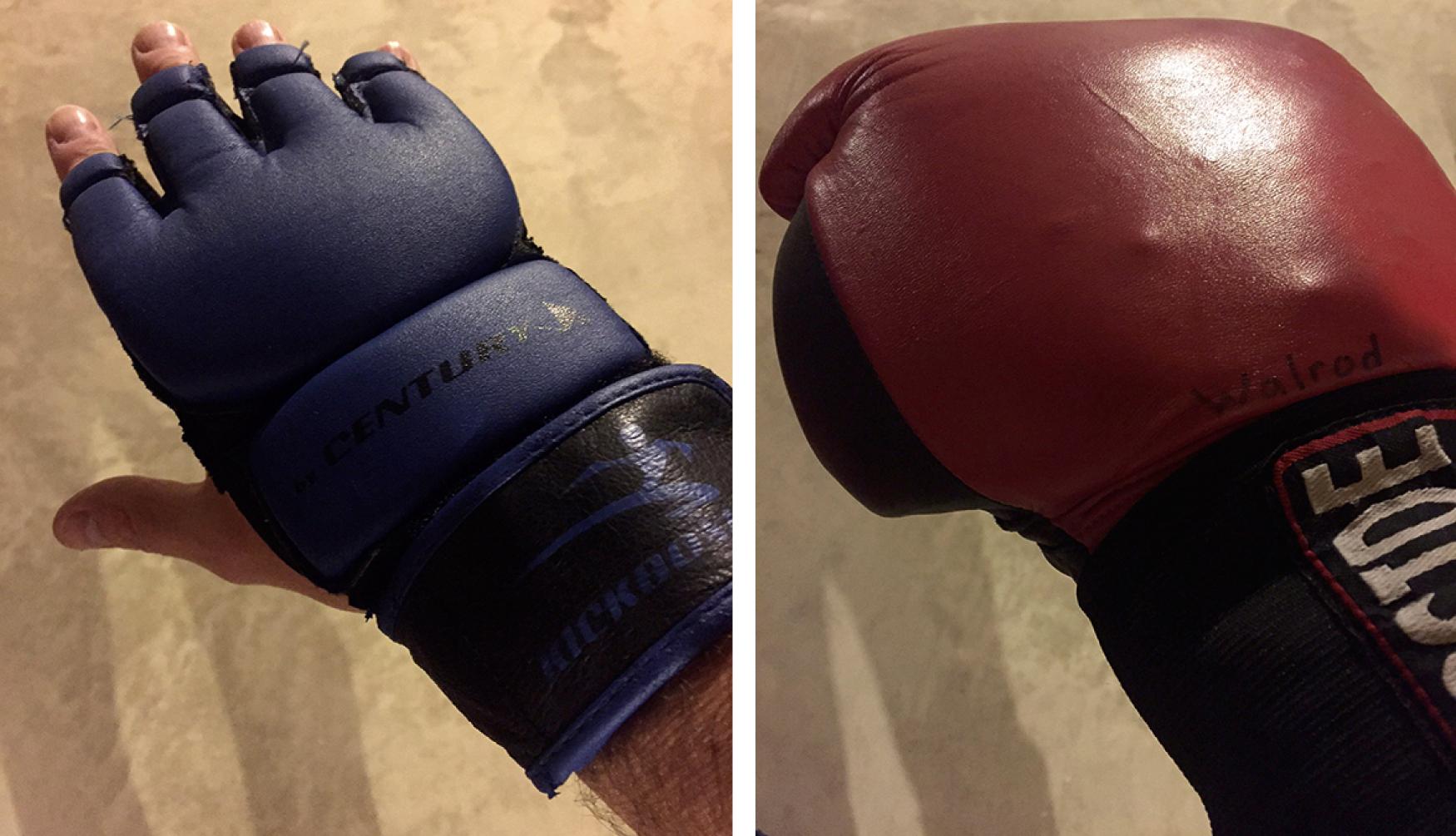Physical Address
304 North Cardinal St.
Dorchester Center, MA 02124
The popularity of mixed martial arts (MMA) has grown tremendously in the last 20 years.
Despite this incredible growth, consensus with respect to management of common injuries and proper ringside management of these athletes is lacking.
Coverage of MMA events can be overwhelming without any basic understanding of either the sport or the ringside considerations for the evaluation and management of competitors.
Other considerations for ringside physicians covering MMA athletes include weight loss/hydration concerns before the competition and postinjury follow-up/return to training after competition.
Ringside physicians need more input with respect to allowing a fight to continue and time off after knockout (KO)/technical knockout (TKO) and concussion.
Founded in 1993, the Ultimate Fighting Championship (UFC) is the largest organization in MMA. The other major US organizations promoting MMA on a large scale are Bellator MMA; the all-female organization, Invicta FC; and the tournament-style Professional Fighters League (PFL). There are numerous smaller international organizations such as One Fighting Championship and Rizin.
MMA is defined as a combative sport between two individuals occurring in a ring or cage that uses fighting techniques from a variety of martial arts, including jujitsu, wrestling, boxing, kickboxing, and other martial arts, and follows the Unified Rules of MMA, which were developed to give some standardization to competitions and to attempt to make the sport safer.
These rules mandate that there are two contestants in each match who are paired by promoters and approved by the state commissions.
Bouts will typically be three or five rounds, with championship bouts most often being scheduled for five rounds.
Each round is 5 minutes in duration.
No contest should exceed five rounds or 25 minutes in duration.
No contestant shall exceed completing more than five rounds and/or 25 minutes of fighting in a 24-hour period.
These rules are continually reviewed and updated for optimal fighter safety.
Bouts can be declared by KO, TKO, submission, referee stoppage, doctor stoppage, corner stoppage, disqualification, or a judge’s decision.
KO: A competitor is knocked down and deemed unconscious or disoriented.
TKO: The referee stops the bout when one competitor is unable to intelligibly defend himself or herself. These include strikes, laceration, corner stoppage, and did not answer bell.
TKO because of medical stoppage: Laceration, doctor stoppage, or loss of control of bodily function
Submission: One of the fighters signals to the referee, via either a tap or a verbal cue, that he or she no longer wants to continue.
Referee stoppage: Referee calls an end to competition for any reason other than a TKO.
Doctor stoppage: Ringside physician determines that it is unsafe for one of the combatants to continue because of injury.
Corner stoppage: Combatant’s corner “throws in the towel” to signify that they no longer want their competitor to continue fighting.
Disqualification: Combatant is disqualified because of rules violation.
Decision: Decision is based upon ringside judges’ scorecards after the bout is successfully completed.
MMA competitors are divided into 15 weight classes:
Bolded weight classes are the most typical and the classes used in the UFC
Parentheses: uncommon in MMA
(Atomweight—up to and including 105 lb)
Straw weight—over 105 to 115 lb
Flyweight—up to 125 lb
Bantamweight—over 125 to 135 lb
Featherweight—over 135 to 145 lb
Lightweight—over 145 to 155 lb
(Super Lightweight—over 155 to 165 lb)
Welterweight—over 155 to 170 lb
(Super Welterweight—over 170 to 175 lb)
Middleweight—over 170 to 185 lb
(Super Middleweight—over 185 to 195 lb)
Light Heavyweight—over 185 to 205 lb
(Cruiserweight—205 to 225 lb)
Heavyweight—over 205 to 265 lb
(Super Heavyweight—over 265 lb)
Competitors wear 4- to 8-oz open-finger gloves, supplied by the promotor and approved by the commission. These allow for greater punch velocity and lesser impact dissipation than 16-oz gloves ( Fig. 89.1 ). The gloves have many functions, including protecting the hands of the striker and decreasing the risk of lacerations to the opponent’s face.

Competitors are also instructed to wear protective cup and mouth guard.
No bracing is allowed, but soft neoprene sleeves can be used to cover knee and/or ankle joint.
Hair is secured so that it does not interfere with the vision and safety of either competitor.
Breast protectors, jewelry, shoes, and a “gi” are not permitted.
No body grease is allowed to be applied to the body. Petroleum jelly may be applied solely to the facial area at cage side in the presence of an inspector, referee, or other commission designee.
Considerable state-to-state variation in rules and ringside physician’s responsibilities; it is critical to be familiar with the state’s rules in which the competition is held. Clarification on specific state rules, as well as the Unified Rules of MMA, is provided by the Association of Boxing Commission and Combative Sports (ABCCS) ( www.abcboxing.com ).
ABCCS has general forms that can be used for physicians to clear an MMA combatant before competition. These include forms for general physical examination, ophthalmologic examination, neurologic evaluation, electrocardiogram (ECG) interpretation, magnetic resonance imaging (MRI) interpretation, and computed tomography (CT) scan interpretation.
Primary
Health promotion
Risk factor reduction
Preparticipation physical examination (PPPE)
Secondary
Early detection and treatment of problems
Ringside management
Tertiary (largest need for physician input)
Reducing complications associated with previous problems
Injury follow-up
Concussion follow-up
Return to training and/or sparring
Return to competition
Hydration and weight loss concerns
Prefight physical examinations are usually completed the day before competition at the time of weigh-ins. However, sometimes logistics of coverage mandate that the examination be completed the day of competition.
When preparing to cover an MMA competition, it is important to review the contents of the medical bag. See “Medical Bag Contents” section.
Become a Clinical Tree membership for Full access and enjoy Unlimited articles
If you are a member. Log in here